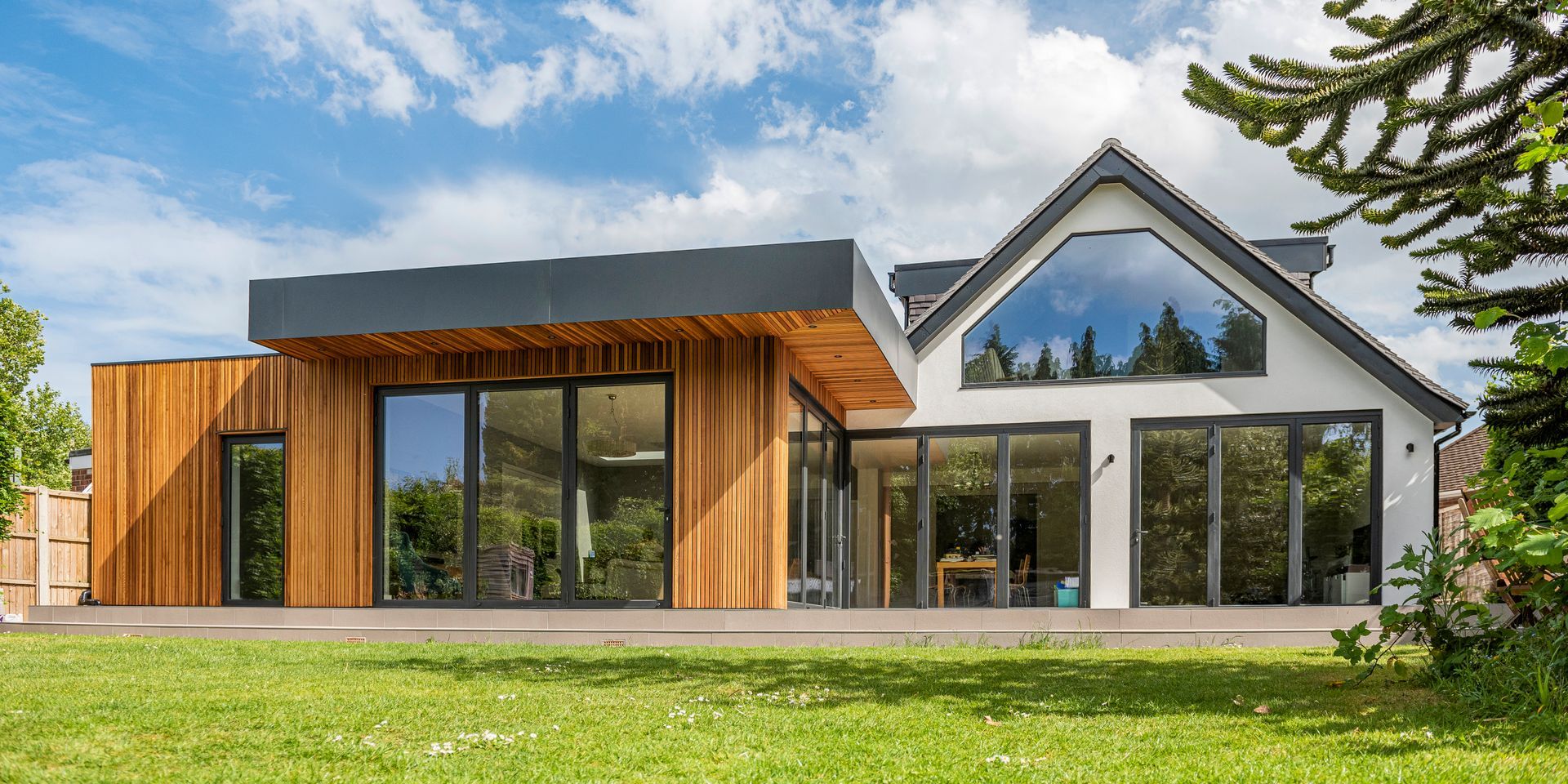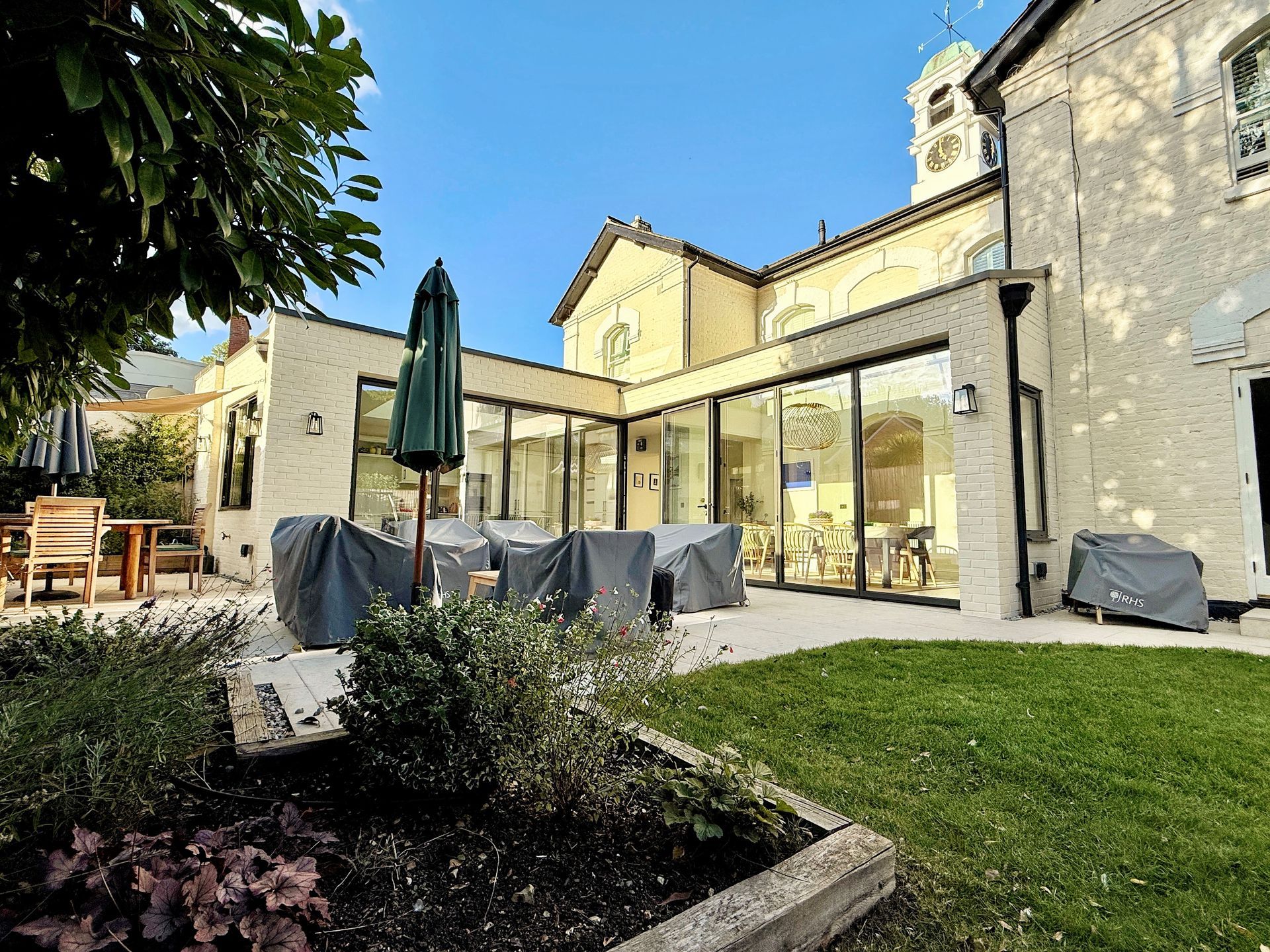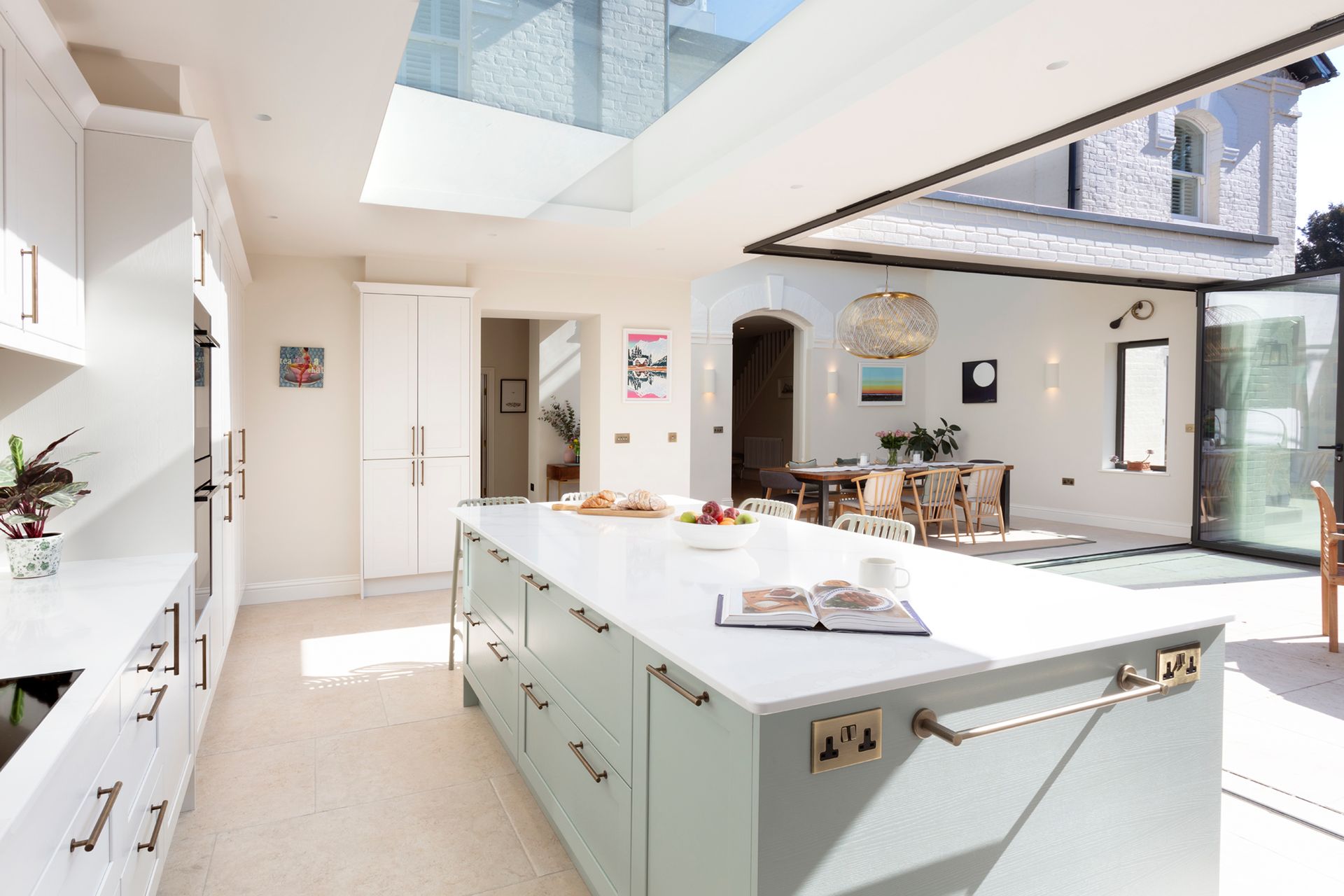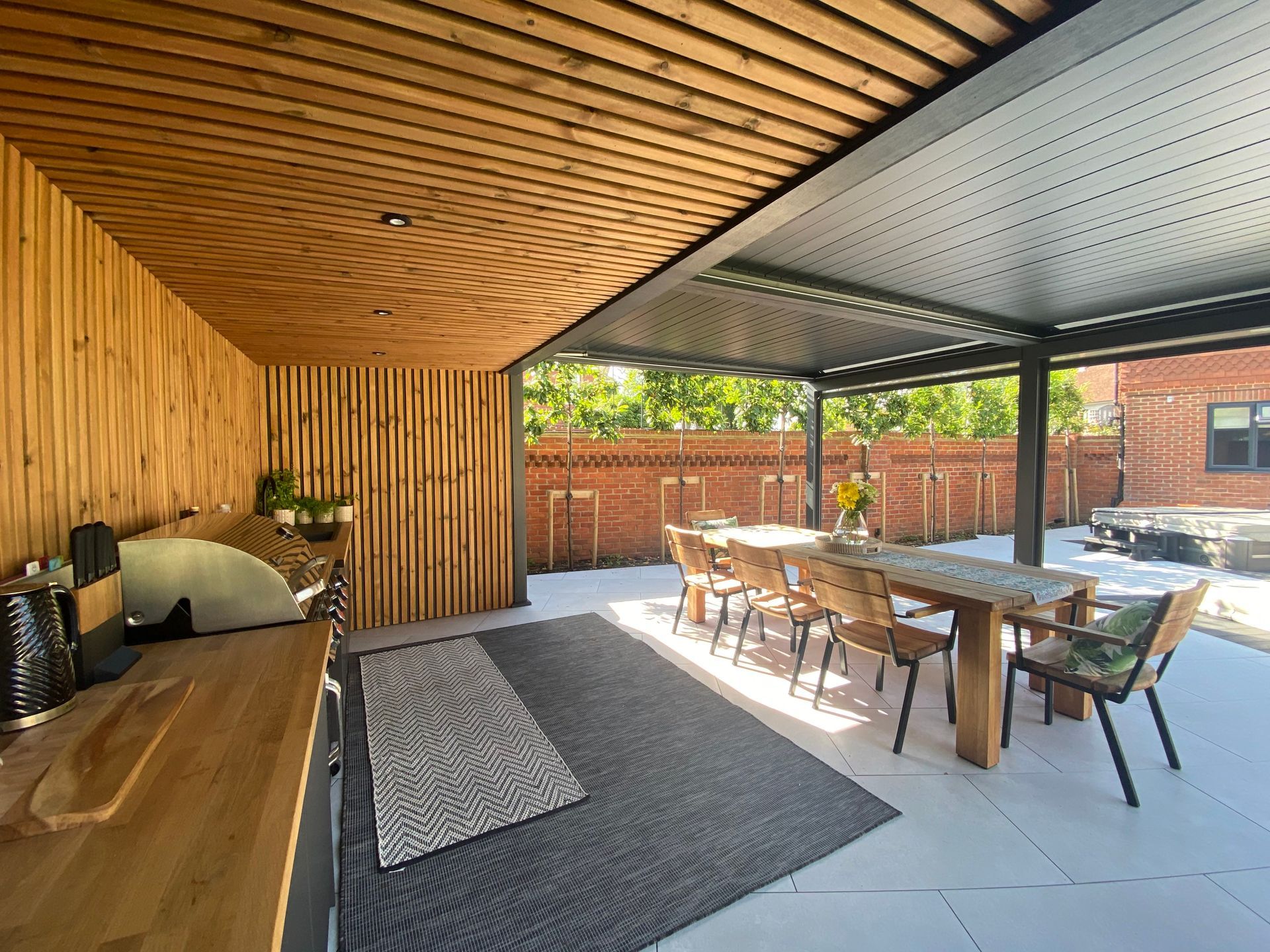Guest Blog -Architect or Interior Designer....or les deux?
Guest Blog kindly written by Katie Hyde owner of A T E L I E R id
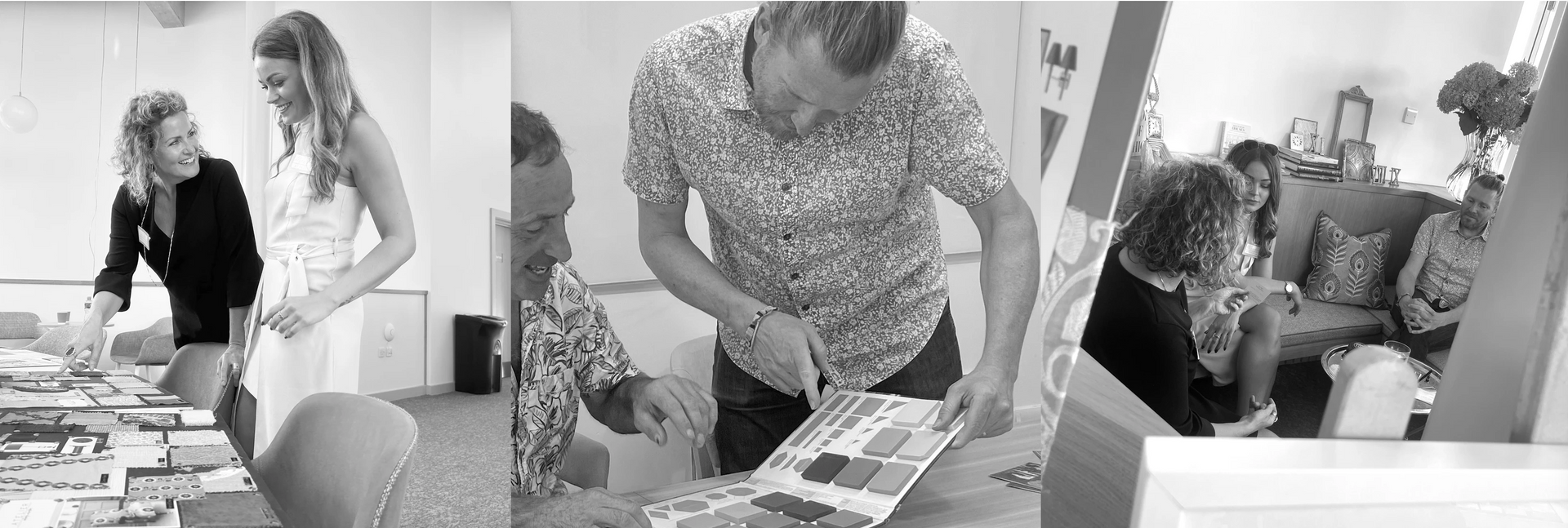
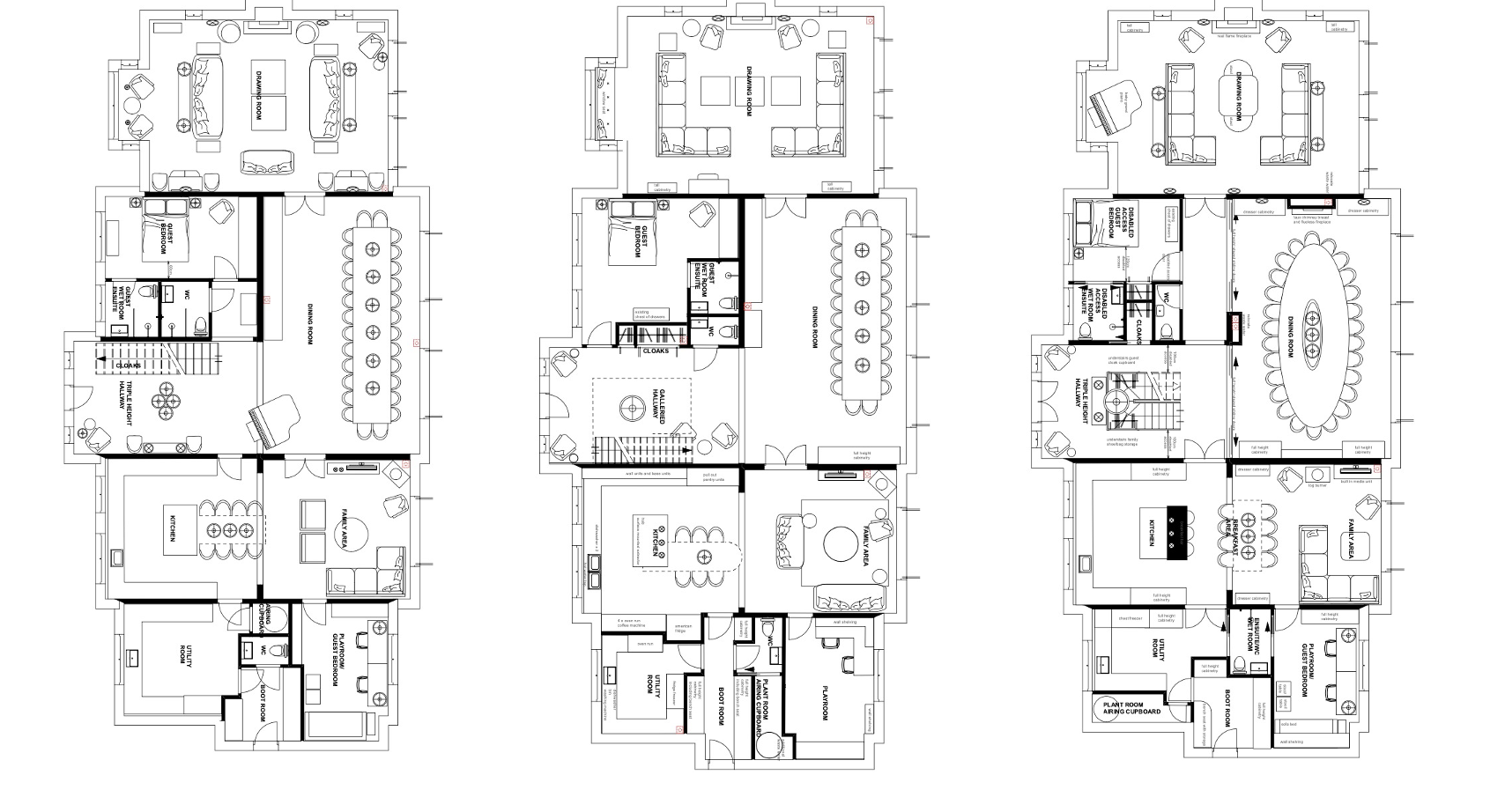
Space dreams: when do I need an architect?
Even before you think about what home you might want, or how you might want to make it bigger, a good architect will ask you questions. They will want to know why you're doing it, what your priorities are and what your budget is. It's only by knowing these things that they can help you to understand what options are possible and achievable.
Architects are the experts in helping you to develop a brief and then turn that into conceptual and detailed designs - and then into reality. They are designers, so of course, they can help you with space, form and light, but they are also organisers, so they will make sure that you have the right team to make sure that you have the right experts on board to achieve your priorities.
If you're planning a new build, an extension, or a major renovation, an architect should be a non-negotiable consultant. They'll collaborate with you on everything from the overall layout and flow of your home, to the strategic placement of windows to maximize natural light. In essence, Artichoke are the conductors of your home's symphony, ensuring every element is in harmony.
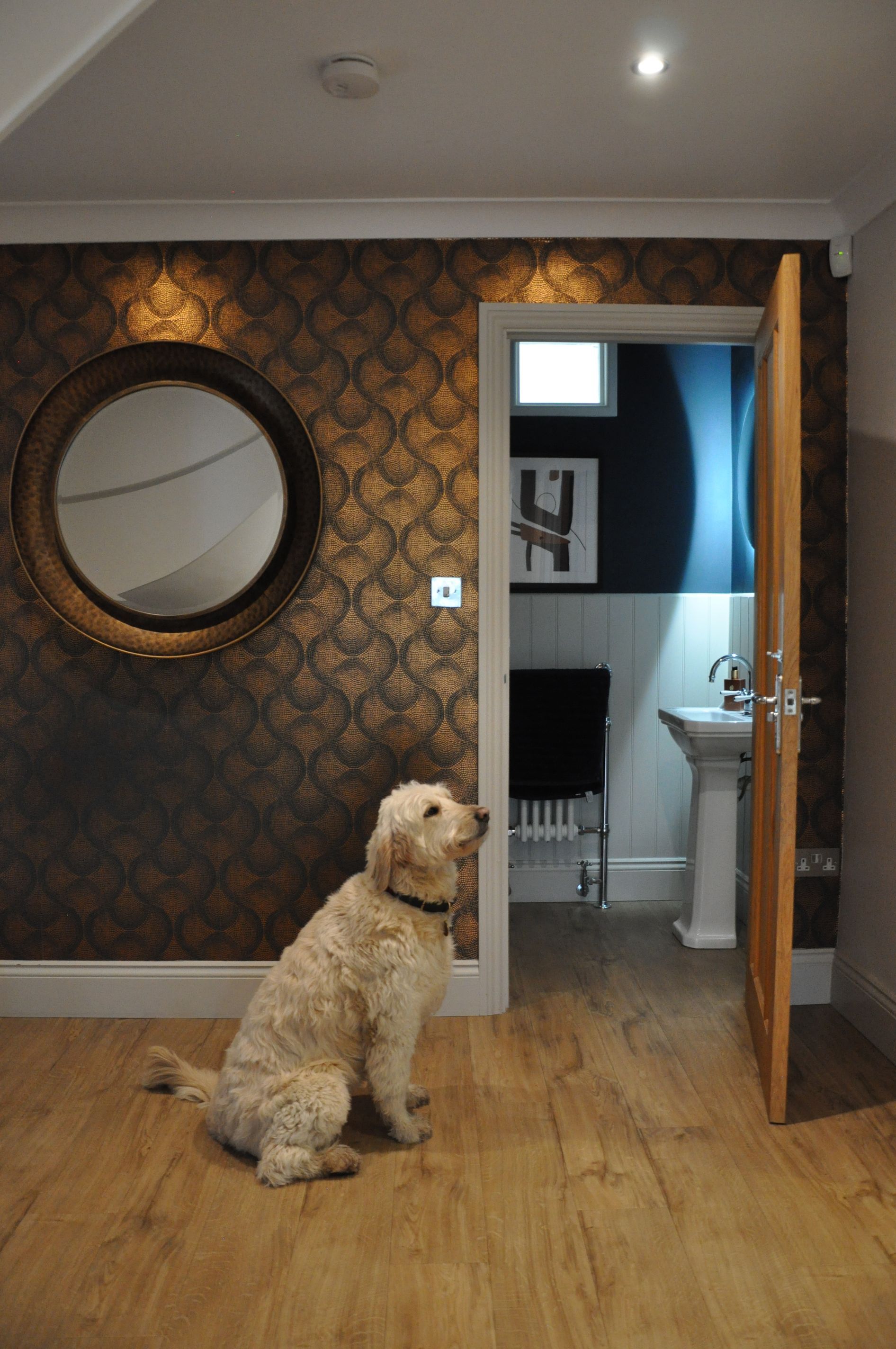

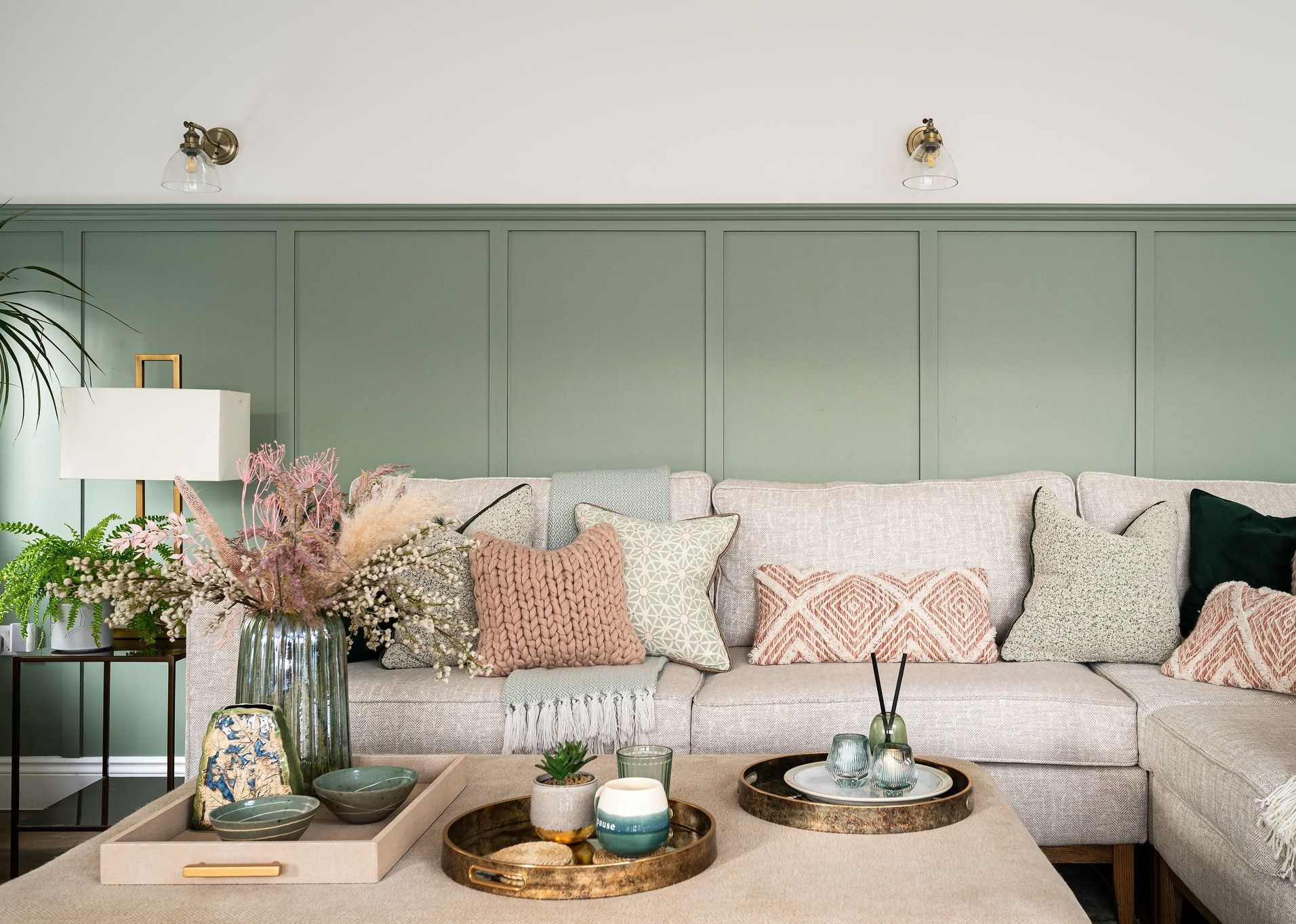
Beyond the walls: what does an interior designer bring to the table?
Once the architect has started the creative juices flowing, the interior designer joins in, working with you and the architect to infuse your space with even more personality and style. Think of them as the artists who paint life onto the architect's canvas.
Interior designers like A T E L I E R id focus on maximizing functionality while reflecting your unique style. They guide you in selecting everything from the perfect paint colours and flooring to furniture, lighting, and those essential finishing touches that make a house a home. But their expertise goes beyond just aesthetics.
A skilled interior designer will work with the design team to consider your lifestyle, needs, and budget to create a space that's both beautiful and practical. They can produce lighting designs to compliment the architects design, but without compromising functional light. They can develop bathroom s to be aspirational spa envy spaces, and they can take cabinetry design to the real max. Not to mention they're also pros at sourcing unique furnishing pieces! Interior designers can take the stress away from you and manage the often-overwhelming logistics of an interior design project.
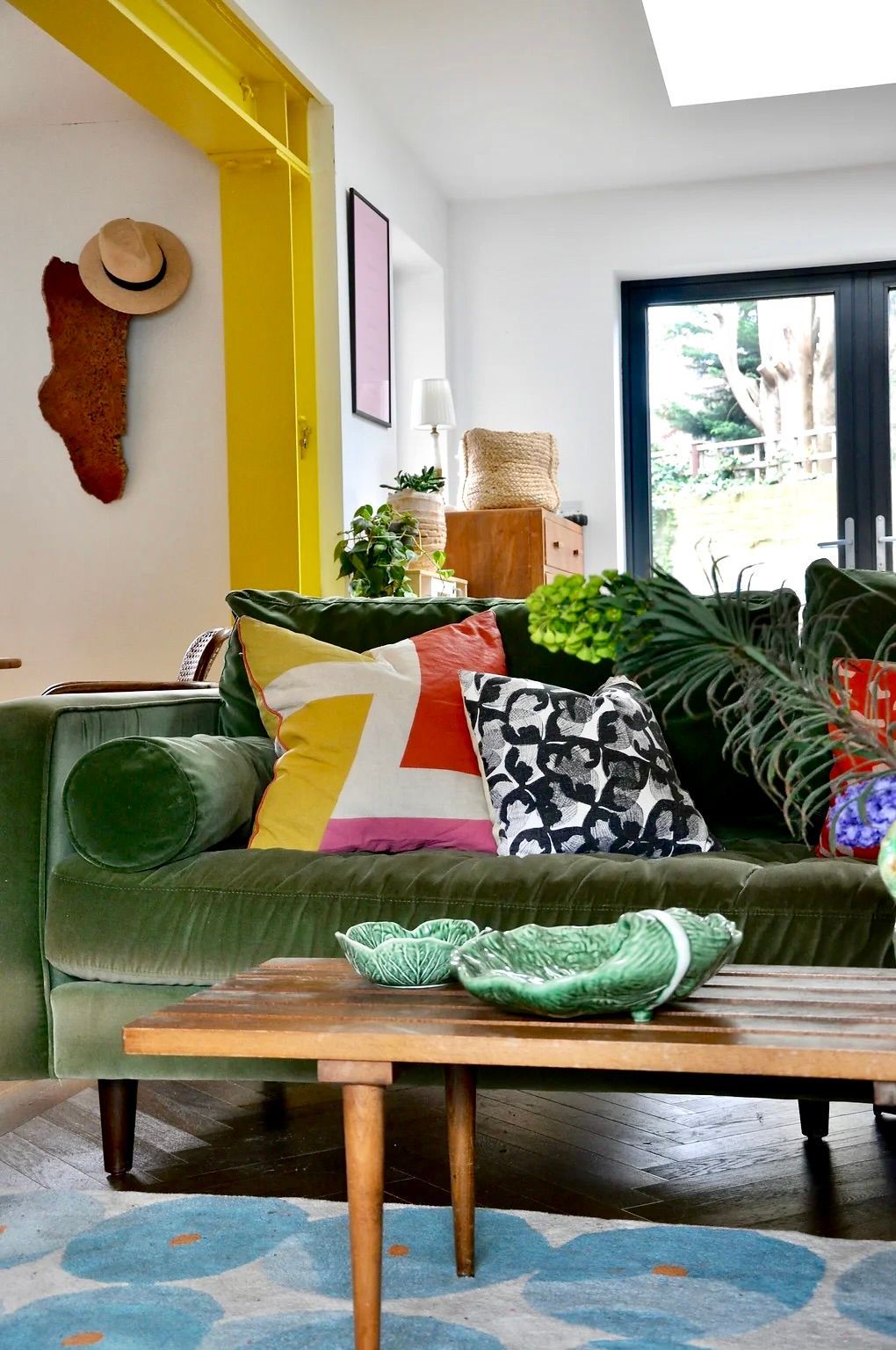

The power of collaboration: can an architect and interior designer work together?
Absolutely! Having both an architect and an interior designer can be a fantastic combination. They work together seamlessly to create a home that not only has the best design and space (and of course will be structurally sound and functional) but also visually stunning and perfectly suited to your needs.
When an architect and interior designer collaborate from the get-go, they can bounce ideas off each other, ensuring that the buildings' design and spatial elements and the intended interior design complement one another.
For example, the architect may specify an opened up space that requires new structural steel required for an extension, while the interior designer may suggest leaving this exposed to create a bold feature within a slightly industrial and eclectic interior.
This collaborative approach ensures a cohesive and harmonious design, where every detail, from the grand architectural gestures to the smallest decorative accents, work together to create a truly exceptional space.

Budgeting bliss: is hiring both professionals realistic?
I know what you're thinking:
"This all sounds amazing, but can I afford both an architect and an interior designer?" It's a valid concern, but the answer isn't as black and white as you might think.
Firstly, keep in mind that both architects and interior designers offer a range of services. You may opt for full design service for both, or take a more collaborative approach, working with the architect on structural elements and then bringing in an interior designer for specific rooms or aspects of the project.
Secondly, consider the long-term benefits. While hiring both professionals might seem like a significant upfront investment, it can save you money in the long run. Their expertise can help you avoid costly mistakes, ensure your project stays on budget, and ultimately increase the value of your home.
To make sure you're aware of how far your budget can stretch and that all designers are maximising the spend of every penny, it can be well worth adding a Quantity Surveyor to the team. Then, just as you would for your personal budget, you can decide where it's best to allocate your budget and critically that you know from day 1 that someone is keeping an eye on the spending. By doing this, you significantly reduce the chances of running out of money and having to chop out beautiful bits of the designs.
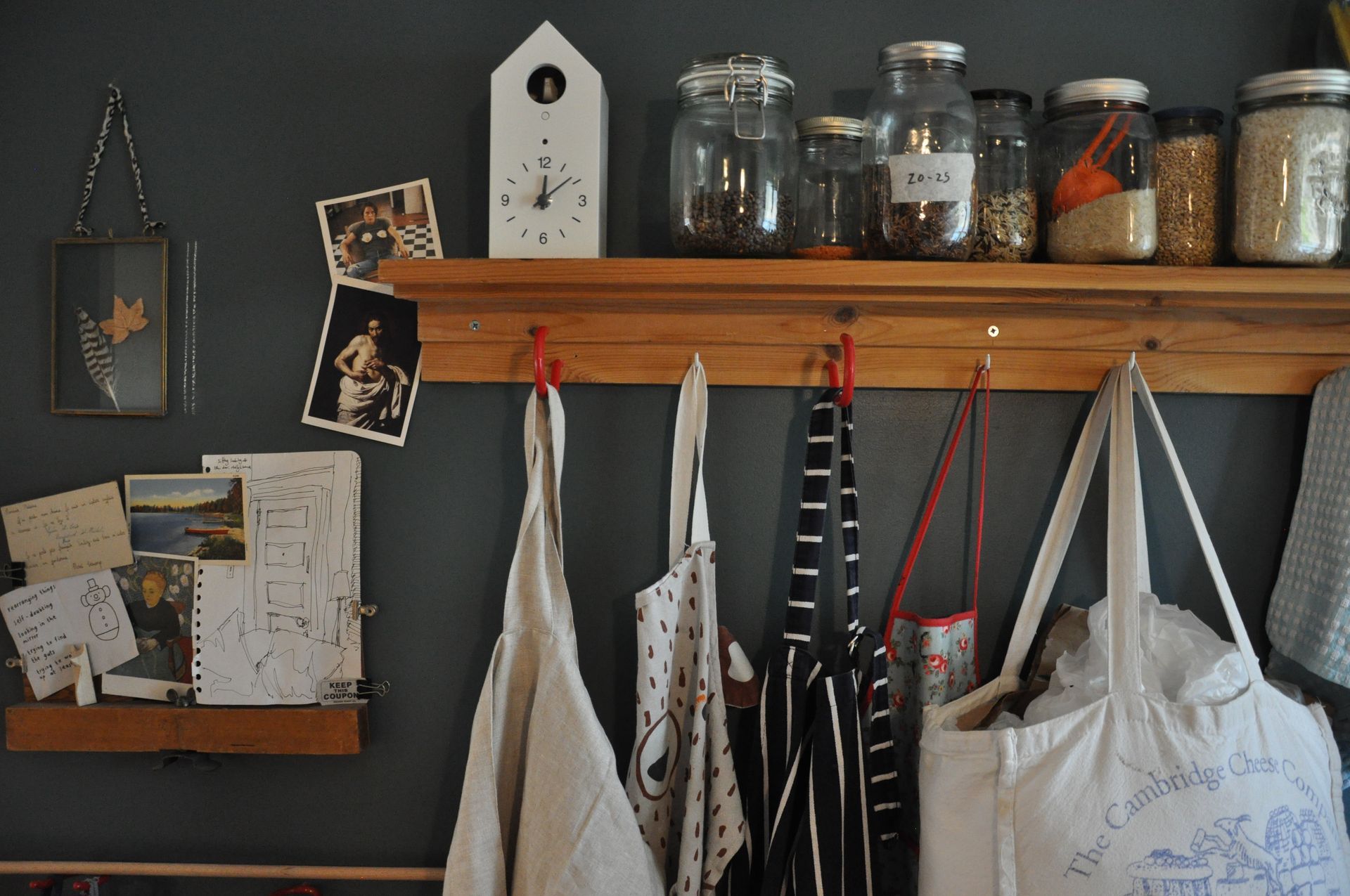


Finding my dream team: tips for choosing the right professionals
Whether you decide to go with an architect like Artichoke, or an interior designer like Atelier ID, or both, finding the right professionals for your project is crucial.
Here are a few tips to guide you:
- Do your research: Look for local professionals with an established client base in your area who will have great relationships with local trades and supplier expertise.
- Check out our portfolios: This will give you a good sense of our varied aesthetics and the wider expertise across different styles that we can bring to your project.
- Read reviews and testimonials: See what past clients have to say about our experience and approach on our websites, or ask to talk to our previous local clients for a real second opinion.
- Look for Professional Affiliations: Independent industry bodies like the British Institute of Interior Design have Codes of Conduct that reflect the quality and experience of its members that guarantee professionalism.
- Schedule consultations: This is your chance to get to know Us, ask questions, and see if there's a good fit, and whether our approach resonates with you.
- Trust your gut: Ultimately, you need to feel comfortable and confident with the professionals you choose.
Building or renovating a home is a significant undertaking, but it's also an incredibly exciting journey.
By understanding the roles of architects and interior designers, you can assemble the perfect team to bring your vision to life, creating a space that's not just a house, but a true reflection of you.
So get in touch to discuss your dream project further and together we can create your perfect home!
https://www.atelierinteriordesign.co.uk/

“Architecture is the learned game, correct and magnificent, of forms assembled in the light”
L E C O R B U S I E R
Guest blog kindly written by Katie Hyde, owner of A T E L I E R id

